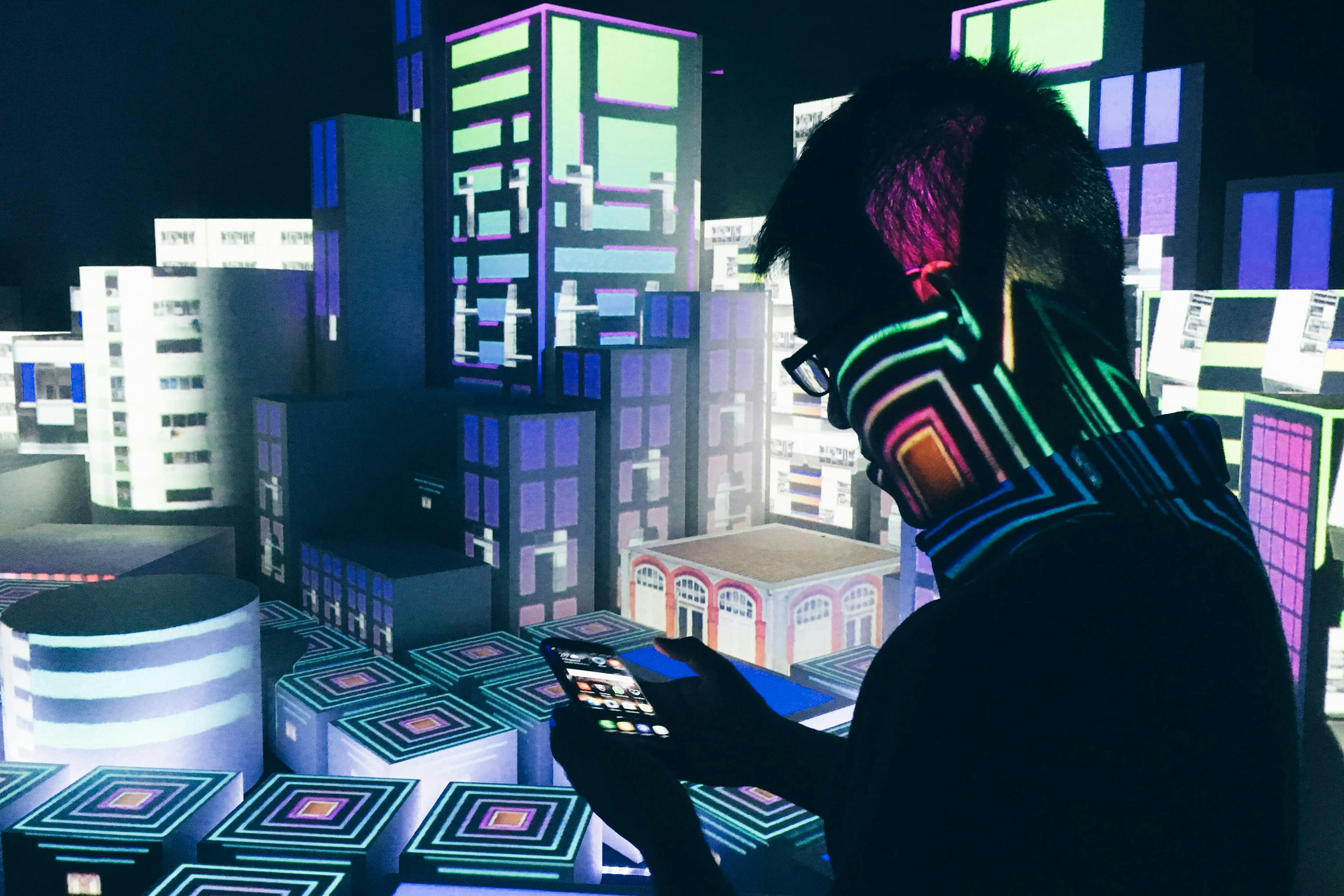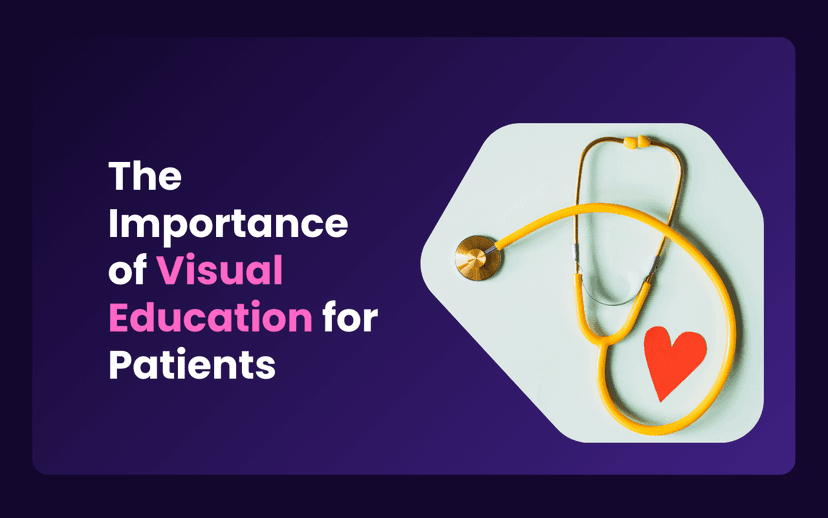What is the importance of visual education in virtual pulmonary care? Learn more about its growing significance in pulmonary care and rehabilitation today!
Learning is seeing.
Visual education incorporates graphics, images, and other visuals to convey abstract and complex information, so summarizing it into easily understandable content is possible.
Today, it’s becoming one of the most popular teaching, training, and presenting methods used by educators, marketers, and other professionals aside from traditional formats with text and audio.
From real estate to engineering, architecture, and education, visual education is growing in importance in virtual pulmonary care.
In this blog, let's discuss the barriers to in-person care and rehabilitation of patients with pulmonary disease and why visual education in virtual pulmonary care is essential.
Barriers to in-person pulmonary care
It's hard to get the most out of life when breathing is difficult, which is why patients with emphysema, COPD, and asthma seek pulmonary care (and rehabilitation).
However, in-person visits to a lung specialist clinic or rehabilitation center pose challenges for many because of the following barriers that virtual care might be able to address.
Disruption to routines
Patients fail to attend in-person appointments and rarely prioritize them due to busy schedules, social activities, and other work commitments. Virtual care is convenient. Patients don't have to travel for a rehab session, so their routine will not be disrupted, and they can attend it at their own pace and time.
Fewer pulmonary rehabilitation centers
The availability of pulmonary rehabilitation (PR) services in managing chronic respiratory diseases (CRDs) is scarce. For instance, only two percent of patients needing PR can access such services, as the Department of Health UK reported.

The inconvenience of accessing it is attributed to the lack of local provisions for PR services. Another contributing factor is the need for more funding and infrastructure, often discouraging doctors and healthcare providers from giving their patients a referral.
Virtual pulmonary care provides patients remote access to rehabilitation programs from their homes using telehealth technologies and digital tools. Thus, patients can still receive healthcare providers' monitoring, guidance, exercises, and support without leaving their homes.
Virtual rehabilitation sessions also overcome geographical barriers, reducing the need for physical infrastructure and increasing accessibility to specialized care for people with chronic lung conditions.
Inconvenience
For instance, a standard pulmonary rehab program lasts eight to 12 weeks, requiring patients to attend a session at least twice weekly.
The center's distance from a patient's home is a challenge for these in-person sessions, not to mention that some patients also depend on walking aids and have restricted mobility.
Some studies report that patients who live at least 36 miles from the center or travel more than 30 minutes to the center are likelier to quit a program.
Virtual rehabilitation and telemedicine are needed to address this barrier in pulmonary care. Through visual education, patients don't have to drive to the doctor's clinic or office and sit in a waiting room because they can see their doctor from the comfort of their home, making virtual visits or sessions more manageable to fit into a busy schedule.
Multiple comorbidities
COPD patients often live with multiple comorbidities, such as osteoporosis, sleep disorders, diabetes, cardiovascular disease, and depression, so traveling to the center or hospital can be challenging for them.
However, virtual care allows patients with comorbidities to continue participating in a rehab program and learn about symptom management and exercises.
Financial constraints

Depending on one’s insurance coverage and type of pulmonary care program, the cost of PR varies. Based on an estimated national average, a pulmonary rehab visit costs $112.
However, if patients qualify, Medicare may cover their COPD pulmonary rehabilitation and other types of rehabilitation for lung disease.
Attendance to such programs may increase under insurance coverage, but the lack of it may prevent some patients from completing one.
Therapists and doctors can be expensive, even with health insurance as well.
A virtual care appointment is often more affordable than in-person appointments, significantly reducing out-of-pocket care costs. It also reduces the need for in-person visits because it brings specialized care to homes, preventing lost time from work and saving transportation costs.
Remote care also allows earlier intervention, potentially reducing hospital admissions and benefiting patients with chronic lung disease requiring regular management. Nevertheless, virtual pulmonary care makes healthcare affordable and accessible without sacrificing healthcare delivery.
Interesting Read: 6 Trends Shaping the Future of Telemedicine in Healthcare
Is virtual pulmonary care and rehabilitation effective?
Virtual rehabilitation for patients with chronic obstructive pulmonary disease (COPD), for instance, is equivalent to in-person rehabilitation, helping them reduce breathlessness and improve their 6-minute walking distance (6MWD).
According to the American Academy of Family Physicians, participants in both in-person and virtual programs display the same improvements on questionnaires related to life quality. Virtual participants are also more likely to finish the program than their counterparts.
Final Thoughts
Visual education in virtual pulmonary care transforms the healthcare industry, addressing barriers such as managing comorbidities, inconvenience, and financial constraints.
Visual aids enhance patient understanding and engagement. Using them in rehabilitation programs is promising and can benefit patients and healthcare providers.
Nevertheless, telehealth advancements offer high-standard care but are more flexible and cost-efficient, signaling a shift towards a more accessible, patient-centered healthcare system and a transformative era for patient education.



